
Left-hand pain is a common complaint by many people. Possible causes of left-hand pain are many and need thorough investigations.
Why do I have pain in my left arm?
Every year thousands of people visit the doctor because they’ve left-hand pain. Many of these people tend to experience pain in their left hand due to their bones, joints, nerves, or muscle problems. Pain in the left hand is much more common in the elderly population because of age-related changes in the bones and joints. In the majority of cases, musculoskeletal issues are the culprits. If pain is present in the left hand for a long time, it is a chronic problem, and no emergency consultation or treatment is required. If the pain doesn’t seem to go away after a few days or weeks, it might be best to head over to the doctor so they can check out what’s going on!
However, sudden or unusual left-hand pain should not be neglected as it can be a sign of a severe underlying problem, or it could also be something less serious, such as a sore muscle. It is better not to neglect it. Seek medical care immediately. Awareness about the causes of left arm pain can help you know when to consult the doctor.
In this article, we explain the possible causes of left-hand pain.
HEART-RELATED LEFT-HAND PAIN
1. Heart attack can cause left-hand pain
A heart attack occurs when a blood clot or atherosclerotic plaque completely blocks one or more coronary arteries. In that way, blood flow to the heart is blocked. This will result in an insufficient supply of oxygenated blood to the heart muscle cells, which leads to heart muscle cell death.

Some heart attack symptoms include pain or discomfort in the chest, upper back, neck, jaw, stomach, or arms. But one symptom people often overlook is pain or discomfort in their left hand. The nerves that supply the heart and those that supply the hand send signals to the exact center of the brain. As a result, the brain cannot isolate the exact origin of the pain. Hence heart pain can be felt as left arm pain.
Some symptoms of heart attack are
- Discomfort in the chest that lasts more than a few minutes
- Pain can be felt in the back, neck, jaw, left hand, or lower abdomen
- Difficulty in breathing
- Vomiting
- Lightheadedness, giddiness
If you have the above symptoms, rush to the hospital immediately.
2. Angina can mimic left-hand pain
Angina is not a heart attack. Heart pain occurs when the heart muscles receive insufficient oxygen. Left-arm pain can be felt along with chest pain during angina. They have narrowed coronary arteries due to the buildup of cholesterol or fat causes angina.
There are two types of angina:
Stable angina
Stable angina is heart pain due to a noncritical fixed block of the coronary arteries that supply the heart. It happens while exerting oneself, such as climbing stairs, lifting weights, and doing sexual activity. It lasts for a few days to months until the diagnosis is made.
Tests for stable angina
- ECG test
- 2d Echo Test
- TMT Test Or Dobutamine Stress Echocardiogram Or nuclear stress test
- Coronary angiogram Test Or Ct Coronary angiogram
Treatment
- Anti-anginal Medications
- Angioplasty Or Stent Surgery To The Heart
- Open Heart Surgery Or CABG Or Bypass Surgery
Unstable angina is another confuser for left-hand pain.
This is a severe heart condition where more severe heart pain lasts longer and more frequently. Pain can occur even when the patient is at rest or with minimal exertion. It can occur even when a person is resting. This is a medical emergency, and if not treated promptly, it may lead to a heart attack
Tests for stable angina
- ECG test
- 2d Echo Test
- Coronary angiogram Test Or Ct Coronary angiogram
TREATMENT
- Anti-anginal Medications
- Blood-thinning medication
- Angioplasty Or Stent Surgery To The Heart
- Open Heart Surgery Or CABG Or Bypass Surgery
Left-arm pain that has the following characteristics may not be a result of heart problems if it has the following features:
- If pain is reproduced by touch
- If the movement of the left arm exaggerates the pain
- Pain associated with restricted movements of the shoulder joint
- Continuous pain for days together
Instead, the discomfort could be a symptom of injury to the bone or tissue in the arm, shoulder, or elbow.
However, it is difficult to diagnose just by analyzing the history of whether left arm pain is occurring due to a skeletomuscular problem or a heart attack.
The skeletomuscular injury should always be considered for left-hand pain.
Pain in the left arm could be due to injury of the muscle tissue, bone, joints, or associated structures.
3. Bursitis
Bursitis is a condition where excess fluid builds up inside the bursa, a cushioning fluid-filled sac that prevents friction between joints, leading to pain or inflammation. Bursitis is a common condition where your shoulder becomes inflamed. You may also feel swelling and tenderness in the area where bursitis is located, which is usually on the outside or side of your joint where it attaches to the bone.
Fortunately, there are treatments available that help alleviates these symptoms.
The earlier you treat bursitis, the easier it is to manage.
Left-arm pain may be a symptom of shoulder bursitis, which usually results from overusing this joint. If the bursa sustains direct trauma or becomes infected, this may also contribute to left arm pain.

4. Tendonitis
Tendonitis is caused by overuse or strain on the surrounding tendons, especially near joints such as the shoulder or elbow. Tennis players, swimmers, and musicians are more prone to tendonitis. Tendonitis can cause left-hand pain.

In most cases, rest is all that is needed to make it better. Talk to your doctor about other treatments if it doesn’t get better.
There are steps you can take at home for tendinitis:
– Use ice packs on swollen areas
– Use moist heat on sore areas
– Stretch gently
– Take over-the-counter pain relievers
– Do not ignore the pain
Hydrate throughout the day with lots of water
-Drink lots of citrus juices
-Massage your body
5. Rotator cuff tear
Rotator cuff tears happen when one or more tendons in the rotator cuff tear because they’ve become worn down over time. These tears usually occur when lifting heavy objects or making quick motions with the arm.
The pain in the left hand is usually severe and debilitating, making it difficult to use the arm or even lift it at all.
Physical therapy can help speed up recovery.

6. Herniated disk
A herniated disk is so-named because it refers to a bulge or protrusion when a disk (a thin layer of cartilage between each vertebra in the spine) becomes damaged or herniated. It affects people who sit at desks all day too much or lift heavy objects incorrectly. It can happen at any age. But it usually starts in adulthood. And often goes unnoticed until symptoms become worse.
When herniated disk presses on the nerve that supplies the left arm, you can experience pain in that hand with numbness and a tingling sensation

Tests required
- X-ray
- MRI -Spine
7. Fracture
Left Arm pain could be because of a fracture of the left arm bone.
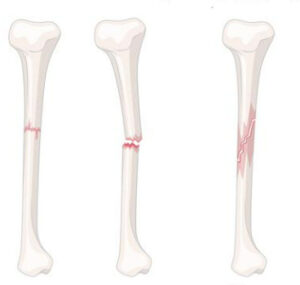
Test required
- X-ray
8. Frozen shoulder causes left-hand pain
The frozen shoulder on the left side is a condition where one or both shoulders become stiff, painful, and difficult to move. You’re likely to experience shoulder or left-hand pain and loss of movement while performing tasks such as lifting, sleeping on your side, or putting on a shirt.
The good news is there are ways to manage it and even get back to normal with treatments such as massage therapy or using heat therapy.

9. Cubital tunnel syndrome and Carpal tunnel syndrome
The median nerve passes through a narrow space called the carpal tunnel. If pressure on the median nerve becomes too great, it causes inflammation of the tissues surrounding it (nerves and ligaments).
Symptoms include numbness, tingling, pain, or weakness in the fingers or thumb side of the hand. Carpal tunnel syndrome is often due to typing on keyboards or excessive use of vibrating tools or vibrating equipment such as jackhammers or hedge trimmers.
Standard treatment is called carpal tunnel release surgery, which uses a scalpel to cut away the transverse carpal ligament parts. Hence, there is less pressure on the median nerve, which provides feeling and movement to your thumb, index finger, middle finger, and half of your ring finger.
Test required
-Nerve conduction studies or NCS

10. Thoracic outlet syndrome can cause left-hand pain
Thoracic outlet syndrome causes pain or numbness in the neck, shoulder, arm, and hand. The thoracic outlet is the opening between the base of the neck and the collarbone, where blood vessels, nerves, and lymph nodes pass through on their way to the arms. Sometimes referred to as TOS or TOS syndrome, it happens when these structures become compressed or irritated by structures or tissues surrounding them. If you have left-hand pain with cervical rib on x-ray, you will likely have TOS.
Tests for The thoracic outlet syndrome
-Chest x-ray
-Ultrasound chest and arm
What to do if I get left-hand pain?
If you have alarming symptoms of heart disease or have risk factors for heart disease, consult a heart specialist. If you do not have any of them, consult an orthopaedician or a neurologist.
Where can I get treatment for my left-hand pain from heart etiology in Hyderabad?
DM heart care clinic is a super specialty clinic with all the tests needed to rule out heart disease under one roof. DM heart clinic is located in Attapur, Hyderabad.

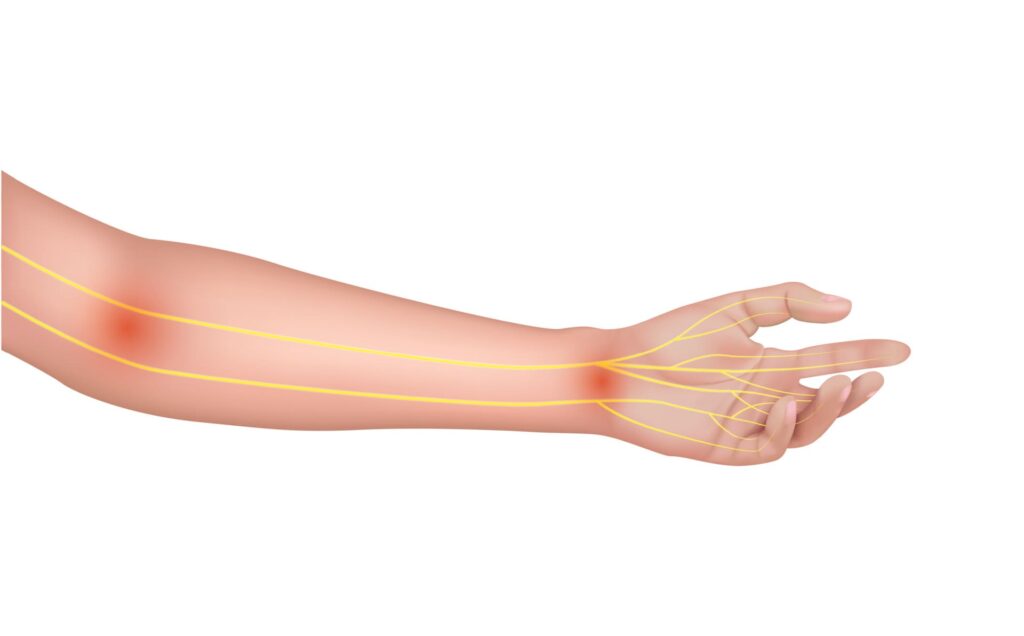

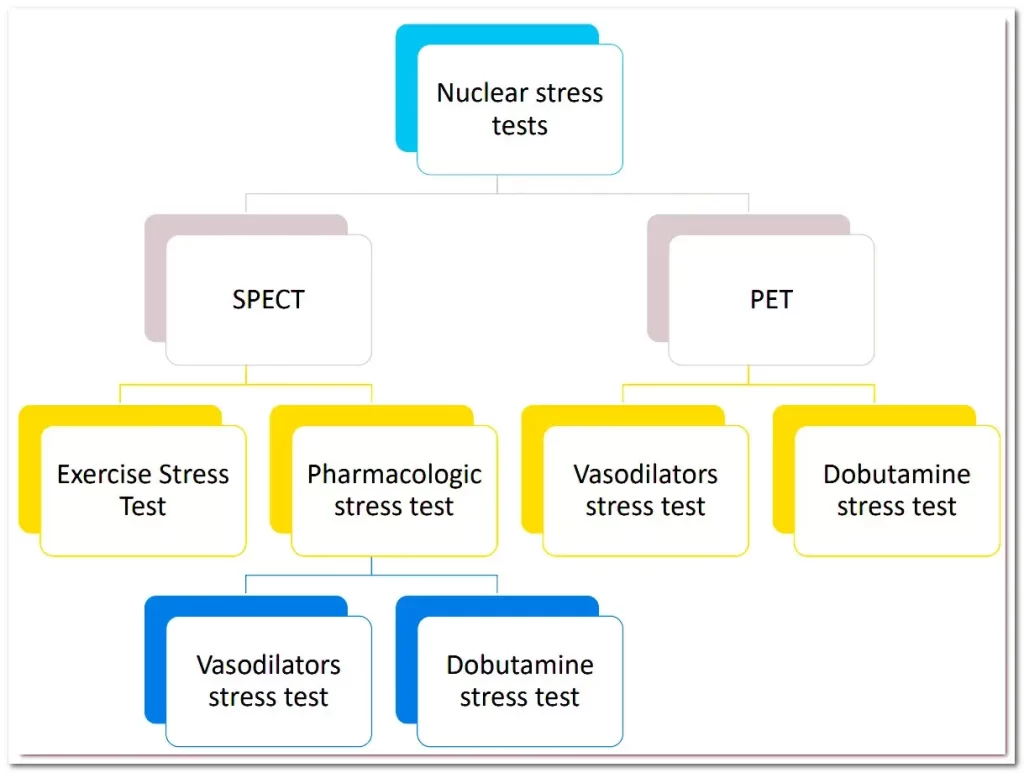
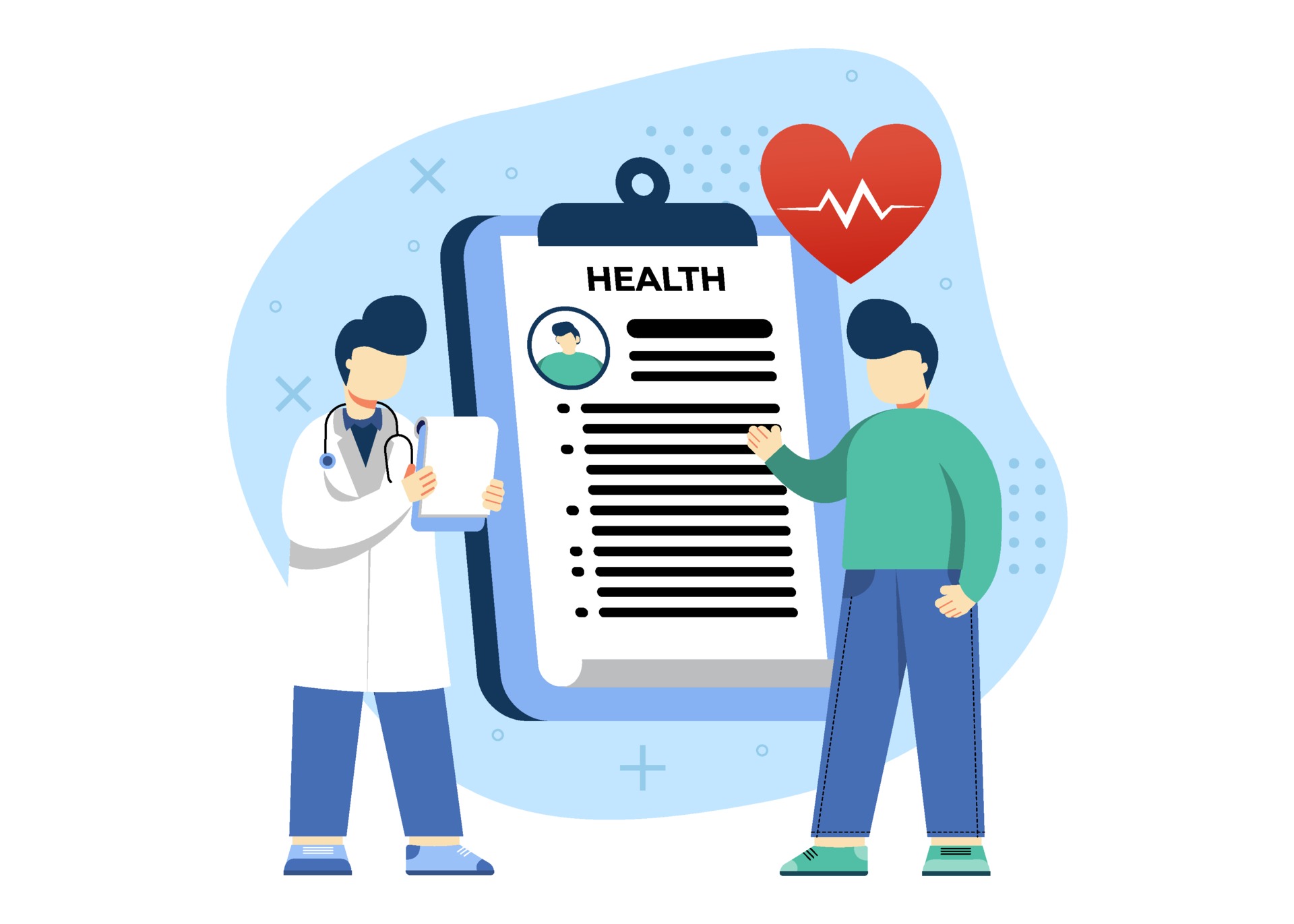
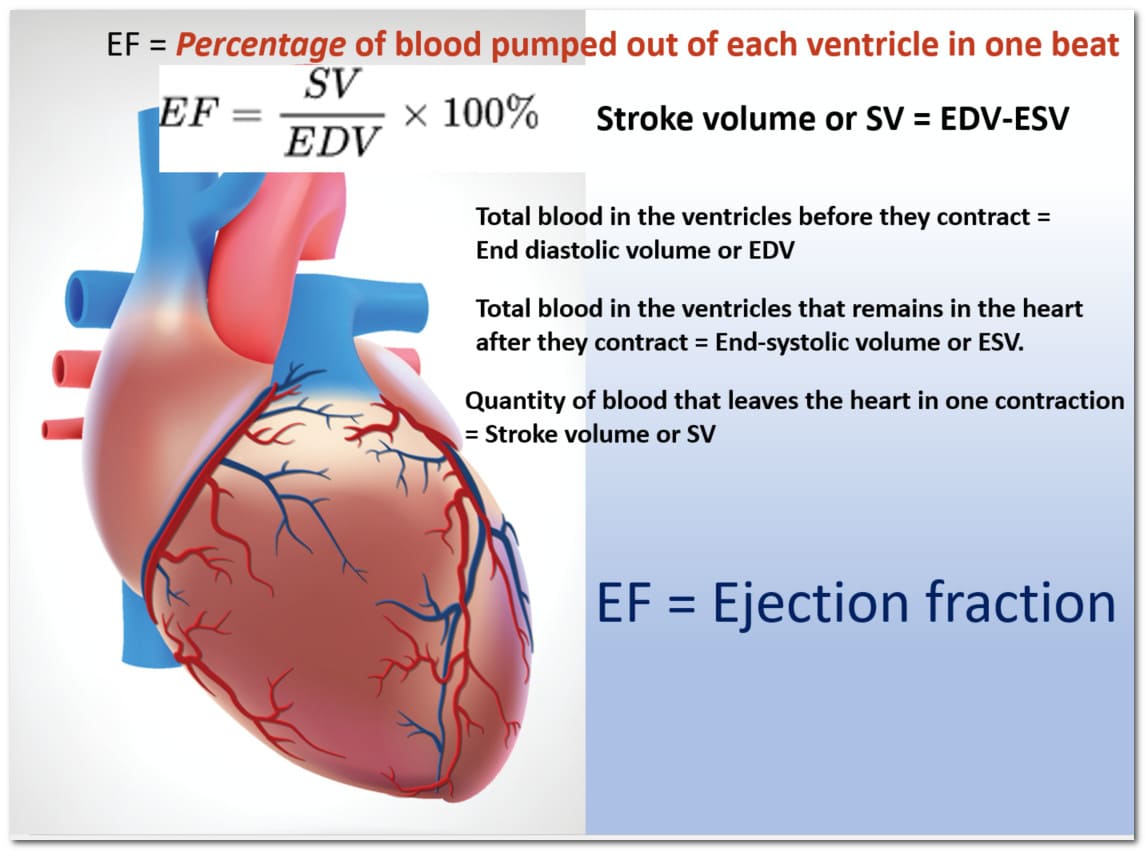
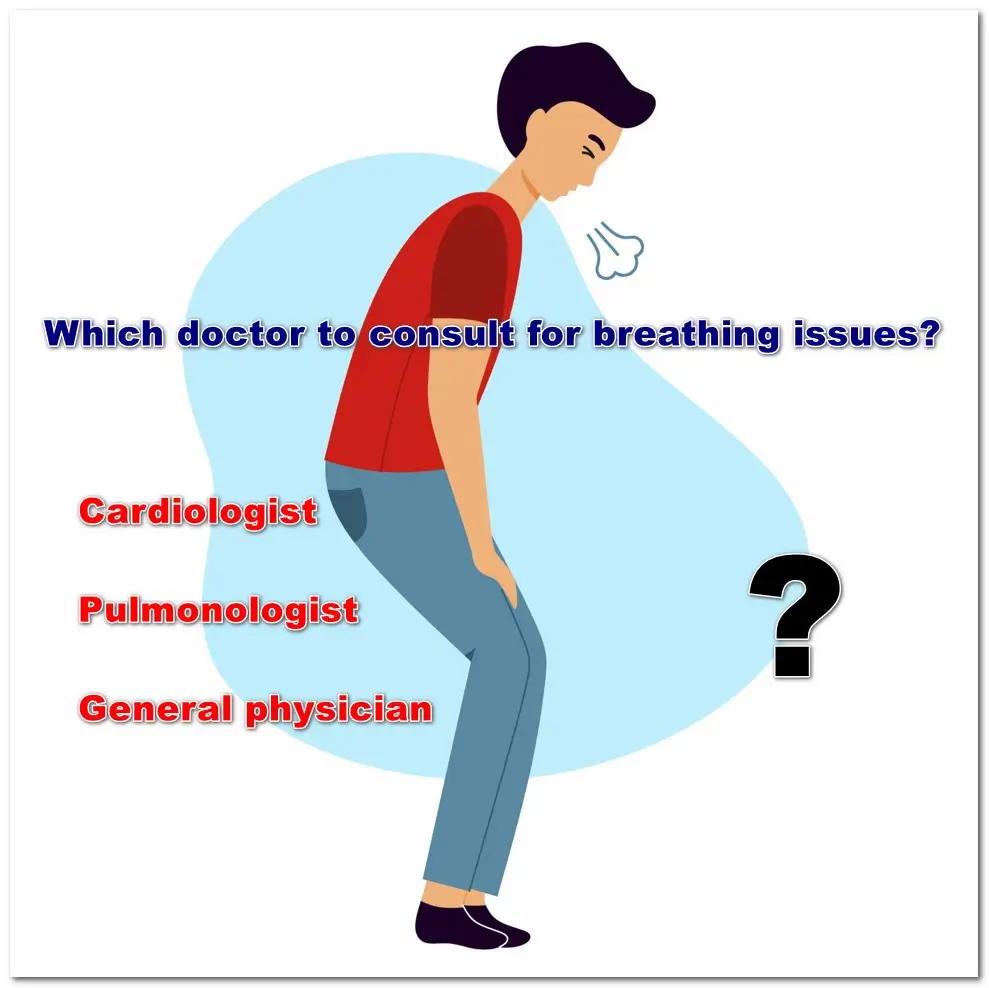





Pingback: COST OF 2D ECHO TEST WITH DOPPLER IN HYDERABAD -
Pingback: How To Do TMT Test : The tmt test Procedure is explained - DM HEART CARE CLINIC